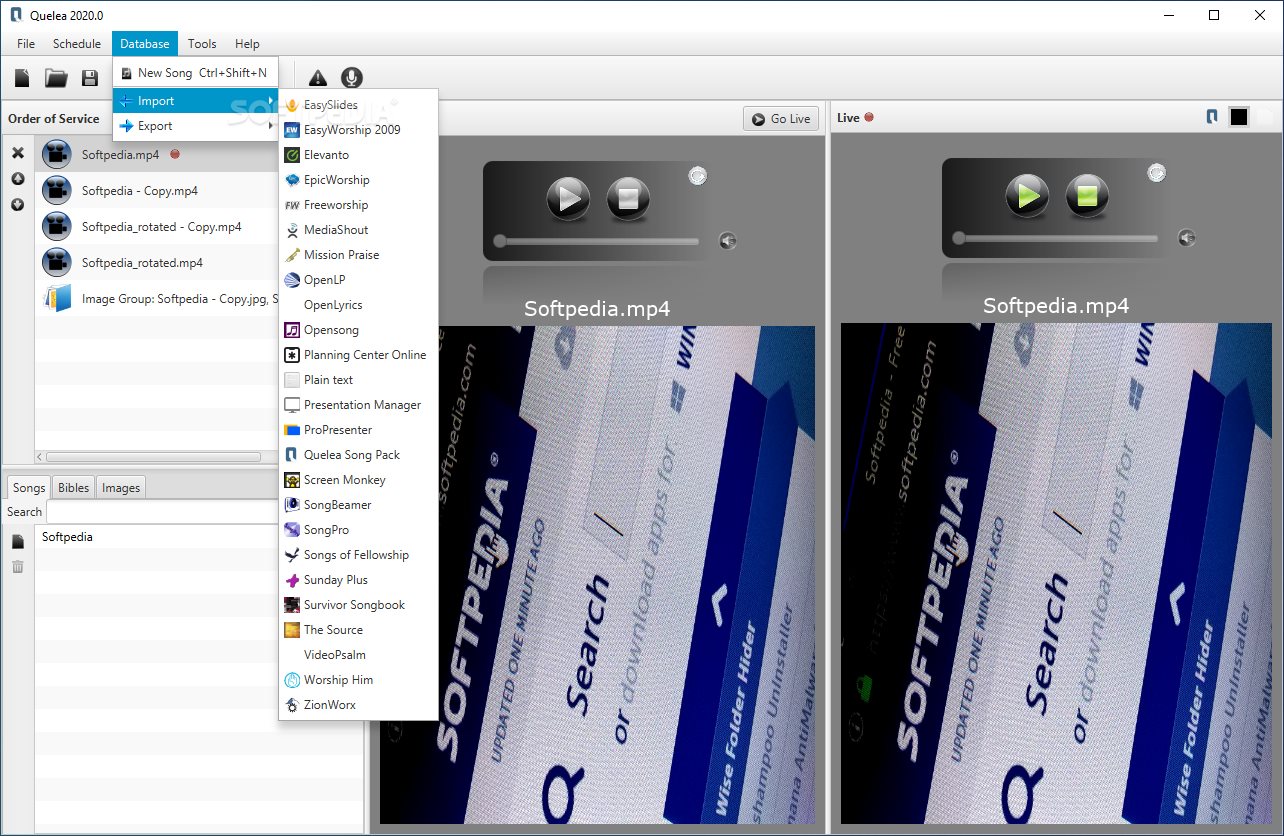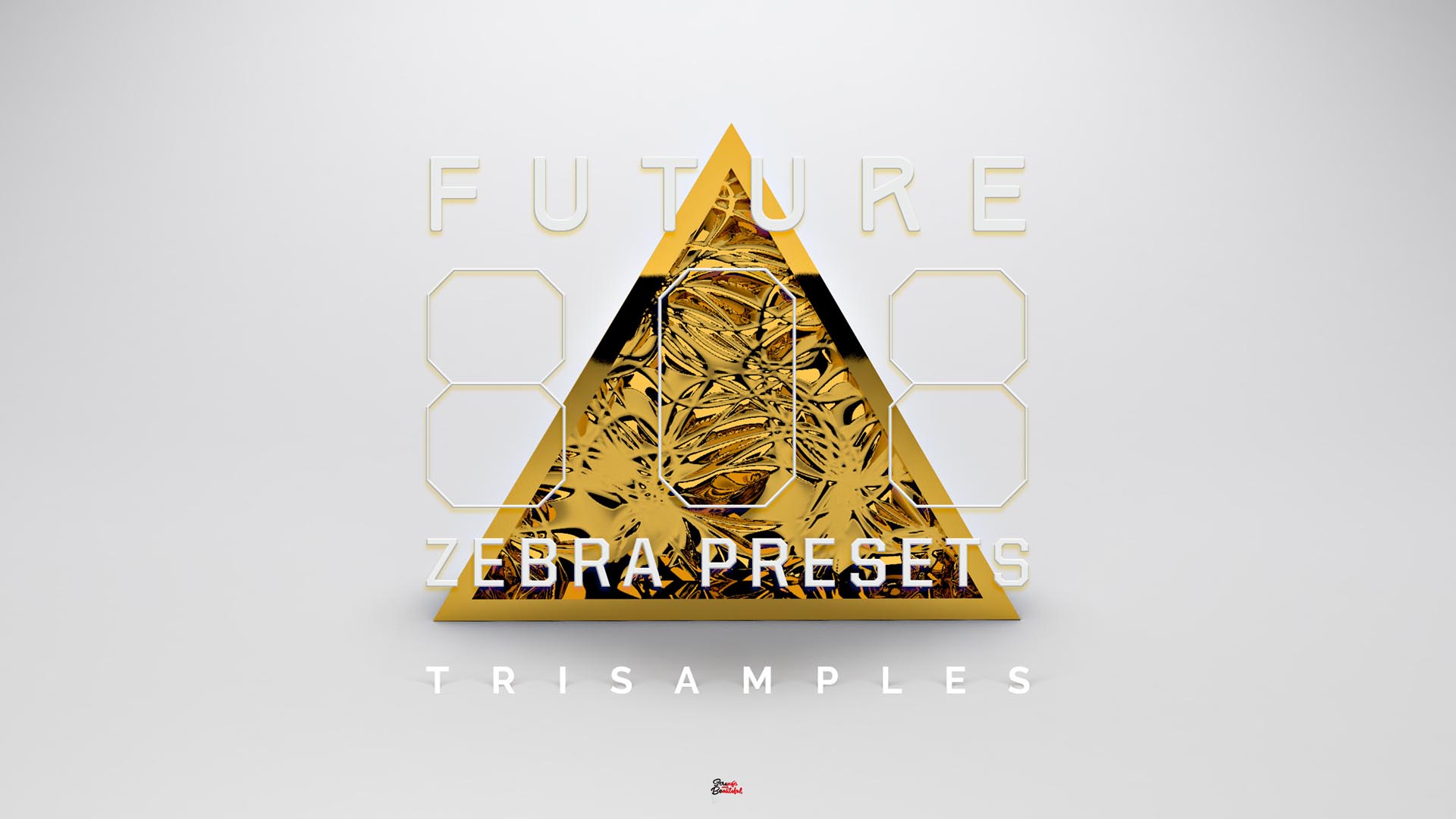

The strategy of how to derive the synthesis frames from the analysis frames is a key difference amongįor the specific case of speech, time stretching can be performed using PSOLA. The reconstruction of the time-scale modified output signal.

To prevent these kinds of artifacts, the analysis frames are adapted to form synthesis frames, prior to Such as phase discontinuities or amplitude fluctuations. However, simply superimposing the unmodified analysis frames typically results in undesired artifacts The analysis frames are spaced by a fixed number of samples, called the analysis hopsize H a ∈ N. Into short analysis frames of fixed length. Given an original discrete-time audio signal, this strategy's first step is to split the signal In order to preserve an audio signal's pitch when stretching or compressing its duration, many time-scale modification (TSM) procedures follow a frame-based approach. High-end commercial audio processing packages either combine the two techniques (for example by separating the signal into sinusoid and transient waveforms), or use other techniques based on the wavelet transform, or artificial neural network processing, producing the highest-quality time stretching.įrame-based approach of many TSM procedures It provides the most coherent results for single-pitched sounds like voice or musically monophonic instrument recordings. This is much more limited in scope than the phase vocoder based processing, but can be made much less processor intensive, for real-time applications. This is called time-domain harmonic scaling or the synchronized overlap-add method (SOLA) and performs somewhat faster than the phase vocoder on slower machines but fails when the autocorrelation mis-estimates the period of a signal with complicated harmonics (such as orchestral pieces).Īdobe Audition (formerly Cool Edit Pro) seems to solve this by looking for the period closest to a center period that the user specifies, which should be an integer multiple of the tempo, and between 30 Hz and the lowest bass frequency. Rabiner and Schafer in 1978 put forth an alternate solution that works in the time domain: attempt to find the period (or equivalently the fundamental frequency) of a given section of the wave using some pitch detection algorithm (commonly the peak of the signal's autocorrelation, or sometimes cepstral processing), and crossfade one period into another. The phase vocoder technique can also be used to perform pitch shifting, chorusing, timbre manipulation, harmonizing, and other unusual modifications, all of which can be changed as a function of time.

Recent improvements allow better quality results at all compression/expansion ratios but a residual smearing effect still remains. The phase vocoder handles sinusoid components well, but early implementations introduced considerable smearing on transient ("beat") waveforms at all non-integer compression/expansion rates, which renders the results phasey and diffuse. perform an inverse STFT by taking the inverse Fourier transform on each chunk and adding the resulting waveform chunks, also called overlap and add (OLA).apply some processing to the Fourier transform magnitudes and phases (like resampling the FFT blocks) and.compute the instantaneous frequency/amplitude relationship of the signal using the STFT, which is the discrete Fourier transform of a short, overlapping and smoothly windowed block of samples.One way of stretching the length of a signal without affecting the pitch is to build a phase vocoder after Flanagan, Golden, and Portnoff. A drum track containing no pitched instruments can be moderately sample-rate converted to adjust tempo without adverse effects, but a pitched track cannot.įrequency domain Phase vocoder Thus the two effects cannot be separated when using this method. Slowing down the recording to increase duration also lowers the pitch, speeding it up for a shorter duration also raises the pitch creating the Chipmunk effect. Unfortunately, the frequencies in the recording are always scaled at the same ratio as the speed, transposing its perceived pitch up or down in the process. For a digital audio recording, this can be accomplished through sample rate conversion. The simplest way to change the duration or pitch of an audio recording is to change the playback speed.


 0 kommentar(er)
0 kommentar(er)
